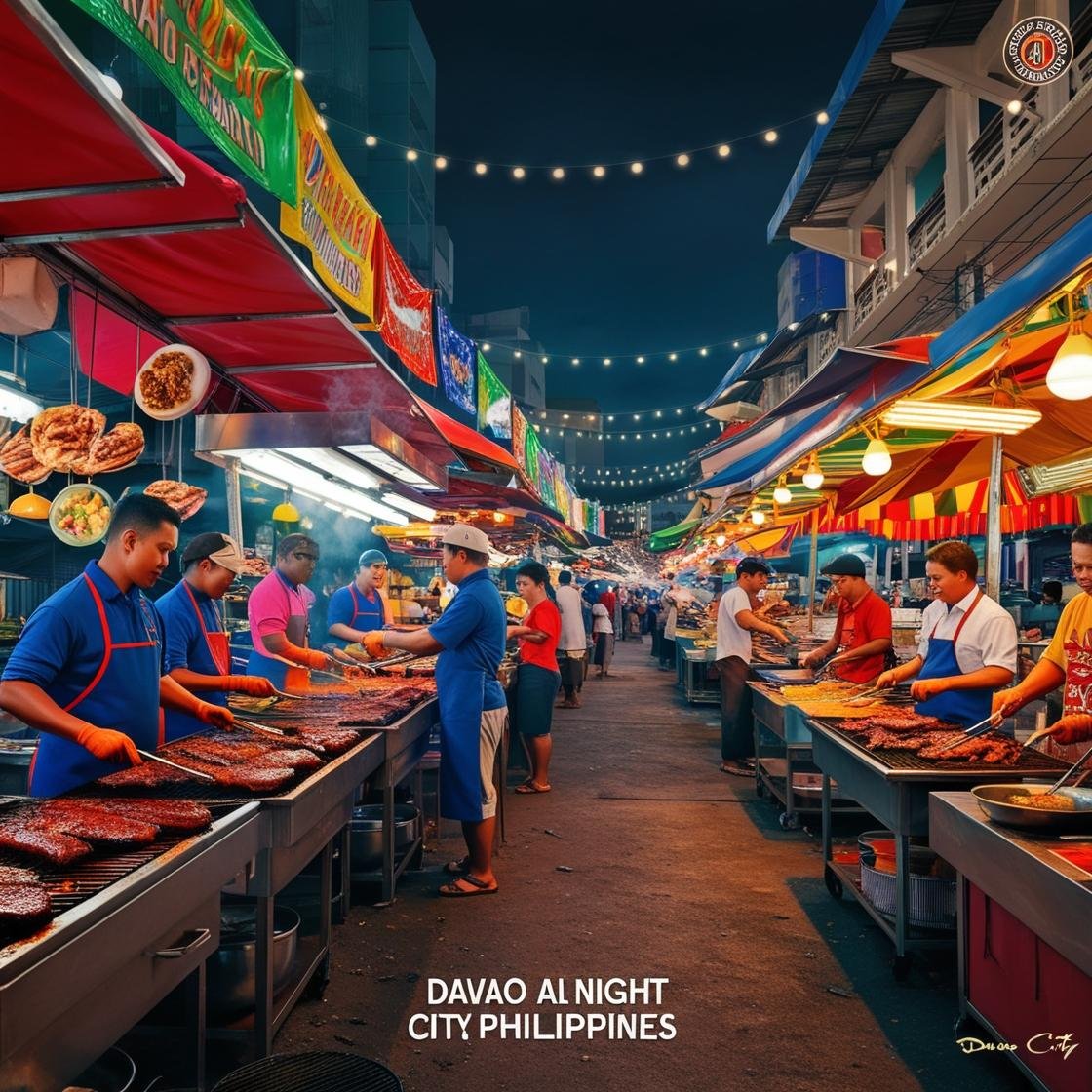When you stroll through the lively stalls of the Roxas Night Market in Davao City, Philippines, one thing stands out — delicious food at affordable prices. But have you ever wondered how vendors decide on the price of each meal?
Understanding the food pricing Davao market style gives you a deeper appreciation of every skewer, barbecue plate, and dessert you enjoy. Here’s how it works.
How Vendors Create Their Pricing Strategy
Setting prices is both an art and a science for market vendors. They need to balance affordability with making a fair profit.
Key factors in vendor pricing strategy include:
-
Ingredient sourcing: Vendors often buy fresh produce, meats, and spices early in the morning from local wet markets like Bankerohan Market. Cheaper sourcing helps keep food prices low.
-
Labor costs: Preparing meals takes time and effort, especially for grilled items and handmade desserts. Vendors factor in their work hours when setting prices.
-
Operational expenses: Things like market stall fees, utilities (if any), and transportation costs are included.
-
Competitive rates: Vendors regularly check each other’s prices to stay competitive.

In the Davao market, being too expensive can drive customers away, while fair pricing builds loyalty.
What Influences Meal Costs at Roxas Night Market
Even within the same market, meal costs can vary slightly. Several real-world factors influence final food prices.

Main influences:
-
Ingredient availability: Seasonal fruits or seafood can raise or lower menu prices.
-
Weather changes: Heavy rains or supply chain delays affect sourcing costs.
-
Special events: During festivals like Araw ng Dabaw, expect slight price hikes due to higher demand.
-
Portion sizes: Vendors may offer different portion options to match different budgets.
So when you see different barbecue stalls pricing pork skewers at PHP 20 or PHP 25, it’s often because of these subtle shifts.
Where Vendors Source Their Ingredients
In Davao City, most Roxas vendors source ingredients from:
-
Bankerohan Public Market (for fresh meat and vegetables)
-
Agdao Public Market (affordable bulk items)
-
Toril Market (local delicacies and specialty fruits)
-
Direct farm suppliers from Calinan and Baguio District (for fresher, cheaper options)
Local sourcing keeps the food fresh and supports the nearby farming communities, which directly impacts the food pricing Davao market ecosystem.
How Price Fluctuations Affect Street Food Costs
Price changes in ingredient markets can lead to small increases or promotions at night markets. Vendors need to stay flexible to survive.

Common price fluctuations factors:
-
Fuel prices: Higher gas or transport costs increase delivery fees.
-
Seasonal supply gaps: Some vegetables or seafood become expensive off-season.
-
Government policies: New regulations, like banning single-use plastics, add packaging costs.
-
Weather disruptions: Typhoons or heavy rains affect harvests and supply chains.
Most vendors absorb small increases themselves, but bigger hikes might reflect in slight adjustments to menu prices — usually just PHP 5 to PHP 10 difference.
Why Prices at Roxas Remain Affordable
Despite global inflation trends, food at Roxas Night Market stays wallet-friendly. Why?
Here’s why meal prices stay low:
-
Bulk purchasing across multiple vendors keeps ingredient costs down
-
Minimal overhead compared to mall food stalls
-
Community loyalty encourages fair pricing strategies
-
Simple menu structures mean fewer preparation costs
The vendors’ strong connection to local culture and the desire to serve both locals and tourists keeps everything affordable.
“What makes Roxas Night Market unique”
Final Thoughts on Food Pricing at Roxas
The next time you savor that perfectly grilled pork barbecue or sip on fresh buko juice, remember the work behind the scenes. Vendors carefully calculate every peso, balancing costs, quality, and tradition.
Understanding food pricing Davao market practices shows just how much thought and effort goes into every meal. It’s not just street food — it’s a symbol of Filipino resilience, creativity, and heart.
So whether you’re exploring the market for the first time or returning for another feast, know that every plate tells a story of hard work and local pride.


